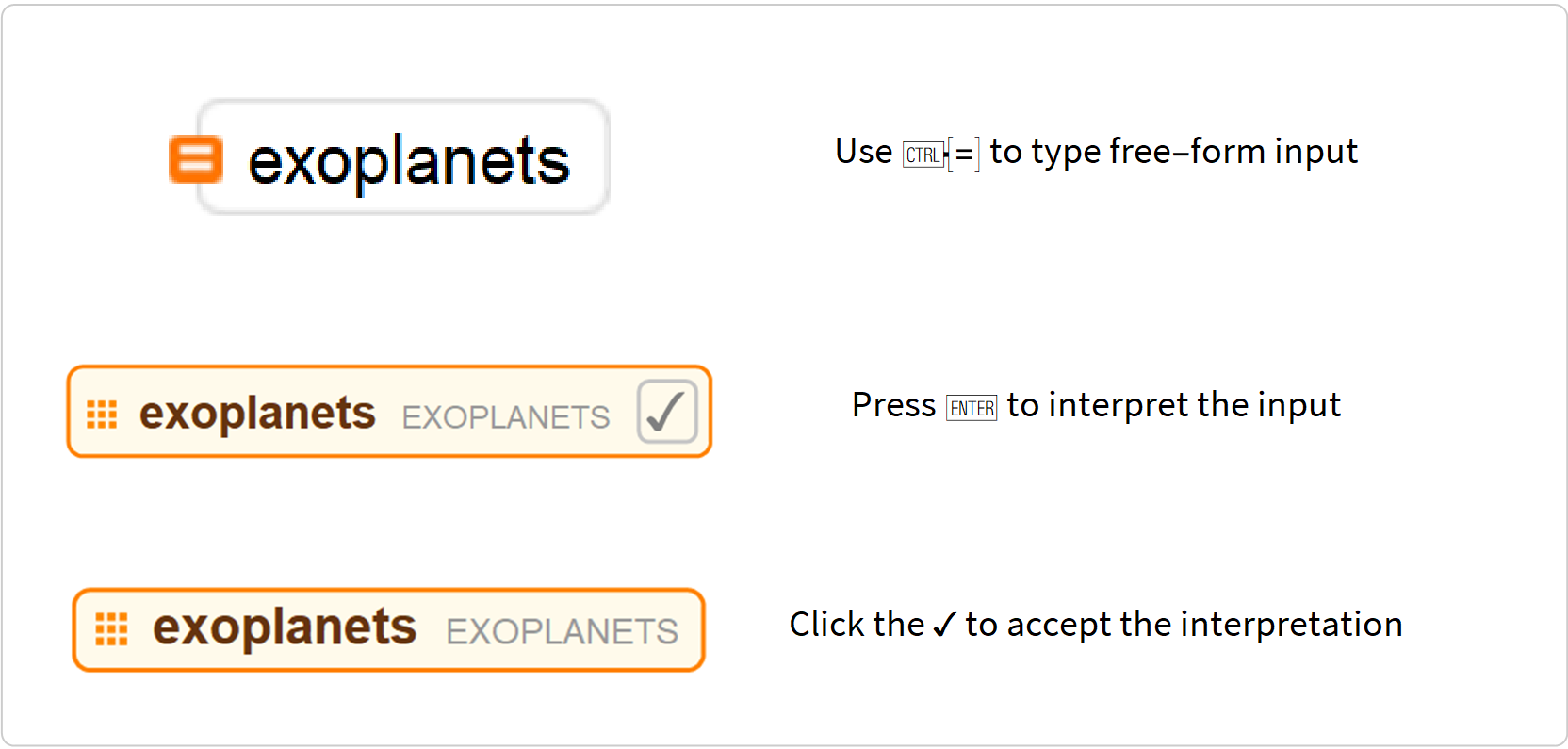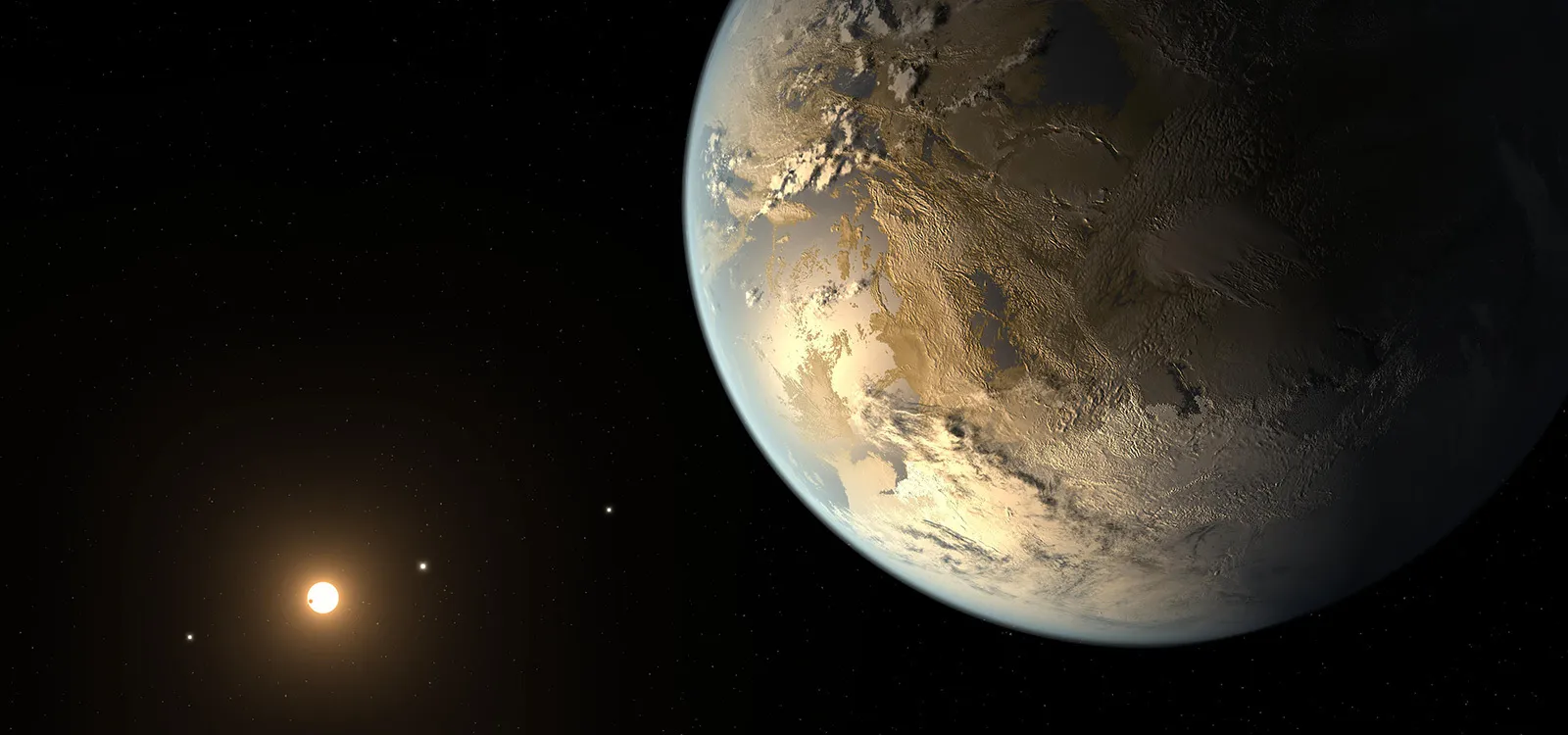It has only been about 30 years since the first planet outside our own solar system, an exoplanet, was confirmed. The chronology of exoplanet discovery is quite complex due to the fact that earlier observations, one as early as 1917, were not initially recognized as evidence of an exoplanet.
After a period of Earth-based and Hubble telescope discoveries, a space telescope, named Kepler, dedicated to the task of finding exoplanets was launched in 2009. Pointed permanently to just a tiny part of the night sky, it patiently recorded light coming from over 500,000 stars for several years.

Photo by Greg Rakozy on Unsplash
During its roughly 10 year mission, it detected over 2,600 new exoplanets. That, together with other discoveries, brings the total of known exoplanets to a little over 4,000. And many of these exoplanets have estimates for their orbital period, their mass, their radius, and so on. In this post, I am focussing on their masses and radii and comparing them to the planets in our solar system.
Obtaining Exoplanet Data
In the Wolfram Language, these exoplanets are directly accessible from the programmatic interface to Wolfram Knowledgebase. In the notebook interface, you can access any entity, not just exoplanets, with a nifty user interface:

(image by author)
The final result above can also be represented in a plain-text code form. They are exactly the same thing:
EntityClass["Exoplanet", All]
#data-science #astronomy #wolfram #exoplanets #computational-thinking
